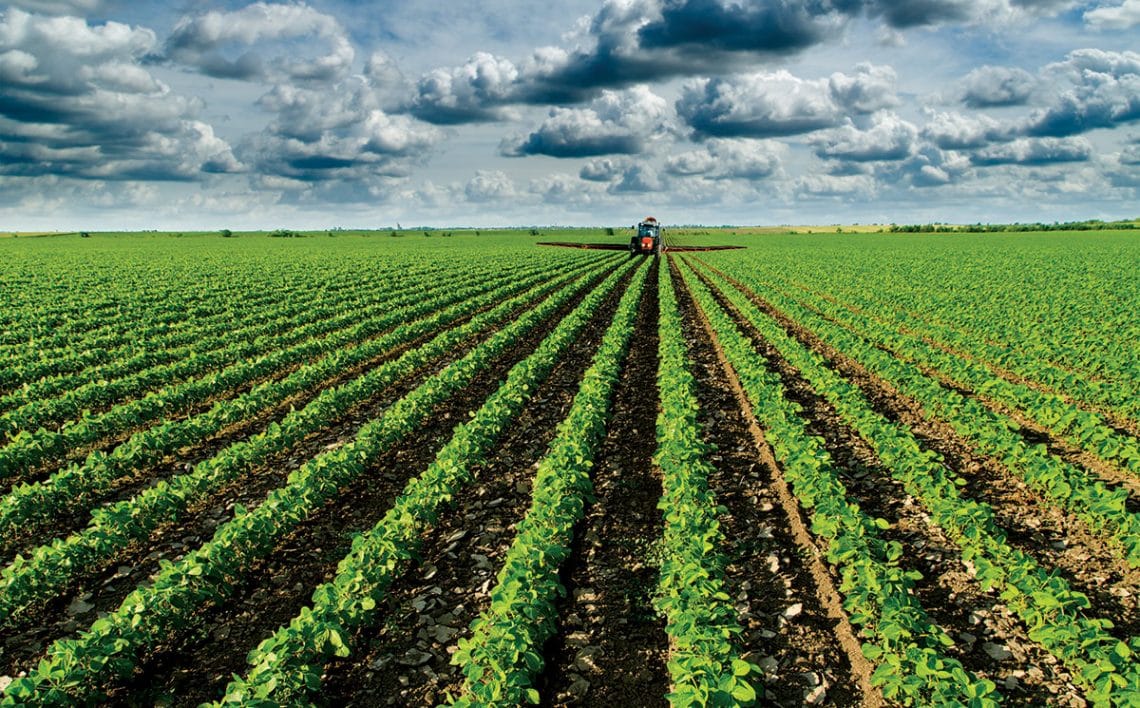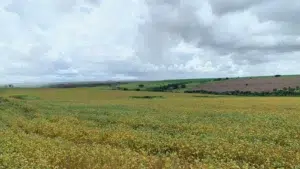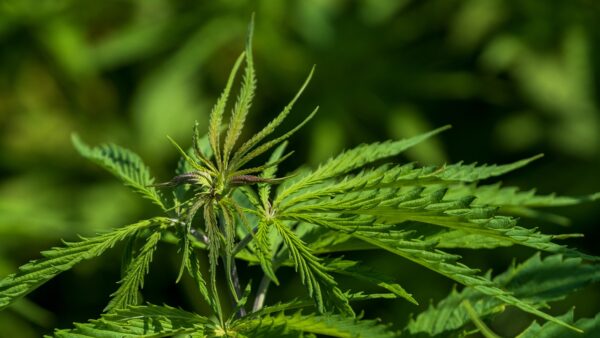Economic losses due to soybean diseases in the United States from 1996 to 2016 amounted to more than $95 billion, according to a team of researchers in Penn State’s College of Agricultural Sciences who examined the long-term impact of soybean diseases on production in the U.S.
The findings are significant because the U.S. is the world’s primary soybean producer and second-largest exporter, noted Paul Esker, assistant professor of epidemiology and crop pathology in the Department of Plant Pathology and Environmental Microbiology at Penn State.
“Soybeans are among the most economically important crops in the U.S.,” says Esker, who pointed to U.S. Department of Agriculture statistics that show soybean was cultivated on more than 70 million acres during the 2019 growing season, with total production exceeding 97 million metric tons.
However, quantitative information on crop losses is scarce, hard to obtain, seldom standardized and a challenge to compile and compare across states, agroecosystems and regions, he explained.
“The contribution of disease-associated quality loss toward the total economic loss often is ignored due to insufficient information or unavailability of suitable loss-estimation framework,” Esker says.
“Accurate crop loss assessment is the base to devise appropriate management strategies to ensure farmer profitability, safeguard the nation’s export soybean crop, preserve global food security and establish research priorities.”
Among other factors that influence soybean growth and development, diseases are a significant challenge that can negatively impact production, Esker pointed out. One of the critical tasks of plant scientists and extension educators is to estimate how much damage each disease causes and what this means in terms of yield reduction.
To examine the long-term effects of soybean diseases on production, the team analyzed historical soybean-loss data gathered by soybean extension specialists and researchers and assessed the economic impacts of 23 common soybean diseases from 28 soybean-producing states in the U.S. from 1996 to 2016.
The researchers, who recently reported their findings on April 2 in PLOS ONE, used a mathematical approach called Padwick’s model that was published in 1956 to calculate the overall combined loss due to diseases in soybean. This calculation helped to avoid the potential issue of having the combined losses be greater than 100% if individual losses were just added together.
“It also helped standardize the estimate of yield damage due to each disease considered in the study,” says Ananda Bandara, a postdoctoral scholar in the Esker research group.
In addition, the researchers used inflation-adjusted soybean prices when computing total economic damage by diseases. Their intent was to normalize prices so that their estimations were comparable across the time period studied.
The team found that the total estimated economic loss due to soybean diseases from 1996 to 2016 in the U.S. was $95.48 billion. The impact in the northern U.S. — $80.89 billion — was greater than losses in the southern U.S., which amounted to $14.59 billion.
Over the entire period, the average annual economic loss due to soybean diseases in the U.S. reached nearly $4.55 billion, with approximately 85% of the losses occurring in the North, specifically in states such as Iowa, Illinois and Ohio.
Among Southern states, Missouri, Mississippi and Arkansas sustained the greatest losses from diseases. Across states and years, the soybean cyst nematode, charcoal rot and seedling diseases were the most economically damaging diseases, while soybean rust, bacterial blight and southern blight were the least financially damaging.
The research team also investigated disease-associated economic losses before and after the discovery of soybean rust, an epidemic that was reported in the contiguous U.S. in November 2004. Researchers found a significantly greater mean loss — 51% — in the years following the discovery of soybean rust compared to the years before its discovery.
“The greater economic losses observed after rust discovery most probably could be related to intensified field scouting efforts and subsequent loss reporting,” says Dilooshi Weerasooriya, a postdoctoral scholar in the Esker research group.
Using USDA National Agricultural Statistics Service production data, the team classified state-year combinations into one of four specific production zones. They found that low-production zones had a lower mean economic loss due to diseases in comparison to high-production zones.
“High-production zones are characterized by the presence of a greater number of large-sized farms,” Bandara says. “It may be possible that resource utilization, such as timely application of foliar fungicide, could be less efficient in high production zones, which in turn could contribute to greater yield losses.”
“Despite perceived challenges, the analysis of historical soybean loss data due to diseases is important to understand the economic impact of diseases, to rank diseases based on their economic importance, and to identify spatiotemporal disease occurrence and progression patterns,” Esker says.
“Such information is critical for soybean pathologists and breeders, government and funding agencies, and educators to prioritize research, policy and educational efforts in soybean disease management.”












